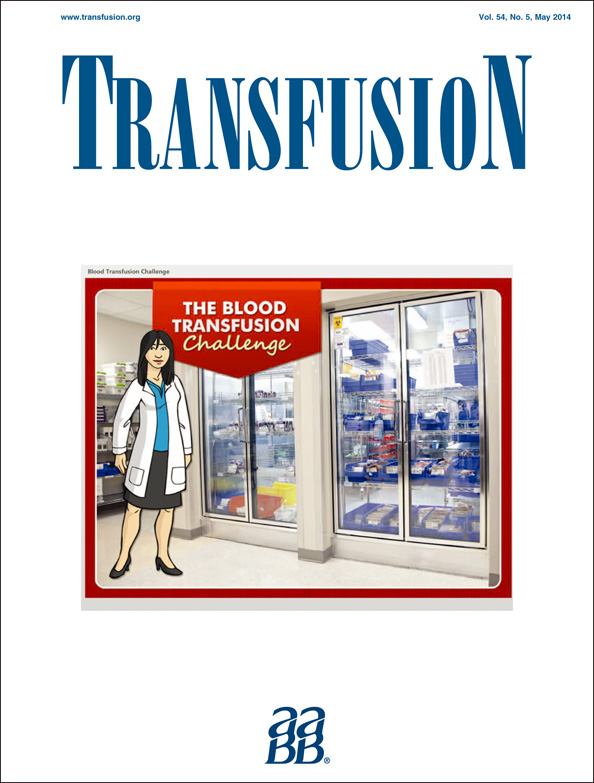The p.R168Q mutation is associated with the Bw phenotype and a predicted decrease in the stability of the resulting ABO glycosyltransferase
Abstract
Background
Mutation of ABO glycosyltransferase (GT) can cause protein stability changes that can result in a weak ABO phenotype. To explain the Bw phenotype of a novel ABO*Bw allele, a protein stability of the mutant GT, which enhances the information of the three-dimensional (3D) structural analysis, was calculated.
Study Design and Methods
ABO serology and genotyping were performed on a neonate and her five family members. A 3D structural analysis of the wild-type GTB and enzymes with a variety of mutations at Residue 168, along with predicted protein stability changes (ΔΔG) and flow cytometric analysis of ABO antigen expression on HeLa cells transfected with plasmids containing R168Q, R168L, and R168P mutants was also performed.
Results
A novel ABO*Bw allele (c.503G>A, p.R168Q) was discovered. The structural analysis of 3D homology modeling predicted reduced protein stability of the mutant GTB, and the ΔΔG values, which inversely correlated with the mean relative fluorescence intensity of ABO antigen expression, quantitatively explained the reduced ABO antigen expression.
Conclusions
The predicted protein stability change of a mutant GT enzyme might be a useful and convenient approach to objectively and quantitatively explain the reduced ABO antigen expression.




